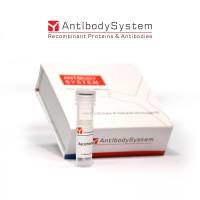Biolistic- and Agrobacterium-Mediated Transformation Protocols for Wheat
互联网
832
After rice, wheat is considered to be the most important world food crop, and the demand for high-quality wheat flour is increasing. Although there are no GM varieties currently grown, wheat is an important target for biotechnology, and we anticipate that GM wheat will be commercially available in 10–15 years. In this chapter, we summarize the main features and challenges of wheat transformation and then describe detailed protocols for the production of transgenic wheat plants both by biolistic and Agrobacterium -mediated DNA-delivery. Although these methods are used mainly for bread wheat (Triticum aestivum L.), they can also be successfully applied, with slight modifications, to tetraploid durum wheat (T. turgidum L. var. durum ). The appropriate size and developmental stage of explants (immature embryo-derived scutella), the conditions to produce embryogenic callus tissues, and the methods to regenerate transgenic plants under increasing selection pressure are provided in the protocol. To illustrate the application of herbicide selection system, we have chosen to describe the use of the plasmid pAHC25 for biolistic transformation, while for Agrobacterium -mediated transformation the binary vector pAL156 (incorporating both the bar gene and the uid A gene) has been chosen. Beside the step-by-step methodology for obtaining stably transformed and normal fertile plants, procedures for screening and testing transgenic wheat plants are also discussed.








